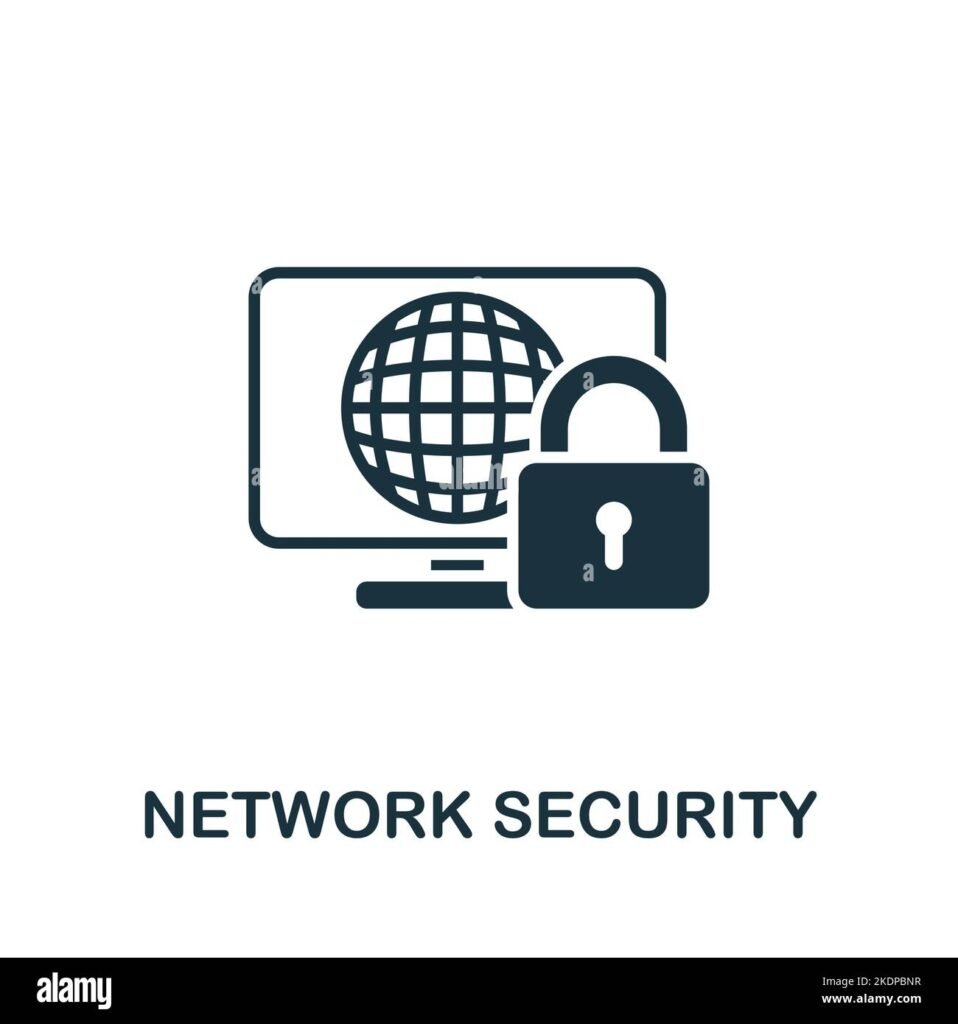
IP Network Security: Trends, Challenges, and Case Studies
IP network security is the backbone of modern digital infrastructure, ensuring that data transmitted across the internet and private networks remains safe from unauthorized access, disruptions, and attacks. As cyber threats evolve, securing IP networks has become more complex and critical for businesses, governments, and individuals alike. This article delves into the latest trends in IP network security, examines case studies, and offers insights into how organizations can protect their networks.
Key Trends in IP Network Security
- Growing Threats from Distributed Denial of Service (DDoS) Attacks DDoS attacks, which flood a target network with traffic to render it unusable, have become more frequent and powerful. The use of botnets and IoT devices has amplified the scale of these attacks, making it harder for businesses to defend against them.
- Emergence of AI and Machine Learning in Threat Detection AI and machine learning are increasingly being integrated into IP network security solutions. These technologies help identify abnormal network behavior and detect threats in real-time, allowing for faster and more effective responses to potential attacks.
- Shift Toward Zero Trust Security Models As networks grow more complex, the traditional perimeter-based security model is giving way to Zero Trust architectures. In this model, every user and device is continuously verified, regardless of whether they are inside or outside the network.
- Securing Remote Work Environments With the rise of remote work, securing IP networks has become more challenging. Employees accessing corporate networks from home or public Wi-Fi networks introduce additional risks, necessitating stronger security protocols such as VPNs, multi-factor authentication, and endpoint security.
Case Studies
Case Study 1: Dyn DDoS Attack (2016)
Background: In October 2016, a massive DDoS attack targeted Dyn, a major DNS provider, disrupting internet services across the U.S. and Europe. The attack leveraged a botnet of IoT devices infected with the Mirai malware.
Impact:
- Service Disruption: Major websites, including Twitter, Netflix, and Reddit, were inaccessible for hours.
- Vulnerable Devices: The attack highlighted the vulnerability of IoT devices, which often lack adequate security protections.
- Industry Response: The attack led to increased efforts to secure IoT devices and better defend against large-scale DDoS attacks.
Lessons Learned:
- IoT Security: Businesses and manufacturers must prioritize securing IoT devices to prevent them from being exploited in botnet attacks.
- DDoS Mitigation Strategies: Organizations should implement robust DDoS mitigation strategies, such as traffic filtering and traffic redistribution, to minimize the impact of future attacks.
Case Study 2: Cisco Talos and VPNFilter Malware (2018)
Background: In 2018, Cisco Talos researchers discovered a sophisticated malware known as VPNFilter, which infected over 500,000 routers and network-attached storage devices worldwide. The malware allowed attackers to monitor network traffic, steal data, and even render devices unusable.
Impact:
- Critical Vulnerabilities: The malware targeted vulnerabilities in routers and network devices, underscoring the importance of keeping firmware updated.
- Data Theft and Sabotage: VPNFilter had the potential to steal sensitive information and disrupt entire networks, posing a serious threat to businesses and individuals.
- Global Efforts: Global law enforcement and cybersecurity firms worked together to disrupt the botnet controlling the malware, highlighting the importance of international cooperation in cybersecurity.
Lessons Learned:
- Regular Updates: Businesses must regularly update their network devices to protect against known vulnerabilities.
- Threat Intelligence Sharing: Collaborative efforts between private companies and government agencies are crucial for combating large-scale cyber threats.
Case Study 3: Capital One Data Breach (2019)
Background: In 2019, Capital One experienced a massive data breach that exposed the personal information of over 100 million customers. The breach occurred due to a vulnerability in the company’s firewall configuration, which allowed unauthorized access to their cloud-based servers.
Impact:
- Data Exposure: The breach exposed sensitive customer information, including names, addresses, and Social Security numbers.
- Costly Consequences: Capital One faced significant financial losses, including fines, lawsuits, and remediation costs.
- Regulatory Response: The breach prompted regulators to enforce stricter security requirements for financial institutions.
Lessons Learned:
- Firewall and Cloud Security: Proper configuration of network security devices, such as firewalls, is critical for protecting cloud environments and preventing unauthorized access.
- Regular Security Audits: Regular security audits and vulnerability assessments can help identify and mitigate potential weaknesses in IP networks.
How Businesses Can Enhance IP Network Security
- Implement Multi-Layered Security: Adopt a defense-in-depth strategy that includes firewalls, intrusion detection systems, encryption, and regular security updates.
- Monitor Network Traffic: Continuously monitor network traffic to detect unusual patterns that could indicate an attack. Use AI and machine learning tools to enhance threat detection and response times.
- Strengthen IoT Security: Ensure that IoT devices connected to the network are secure. Use strong passwords, update firmware regularly, and segment IoT devices from critical parts of the network.
- Adopt Zero Trust Security: Move towards a Zero Trust architecture where no user or device is trusted by default, and continuous verification is required for access to the network.
- Secure Remote Access: For remote workers, use secure VPNs, enforce multi-factor authentication, and implement endpoint security to protect against potential vulnerabilities introduced by home networks.
Conclusion
As IP networks continue to grow in complexity, the security challenges they face become more sophisticated. The lessons learned from incidents like the Dyn DDoS attack, VPNFilter malware, and Capital One breach highlight the importance of staying vigilant and proactive in securing network infrastructure. By implementing strong security measures, monitoring network traffic, and adopting emerging technologies, businesses can protect themselves from the ever-evolving landscape of cyber threats.
#NetworkSecurity #IPSecurity #CyberSecurity #DDoS #ZeroTrust #IoTSecurity #DataProtection #CyberThreats #TechTrends #VPN